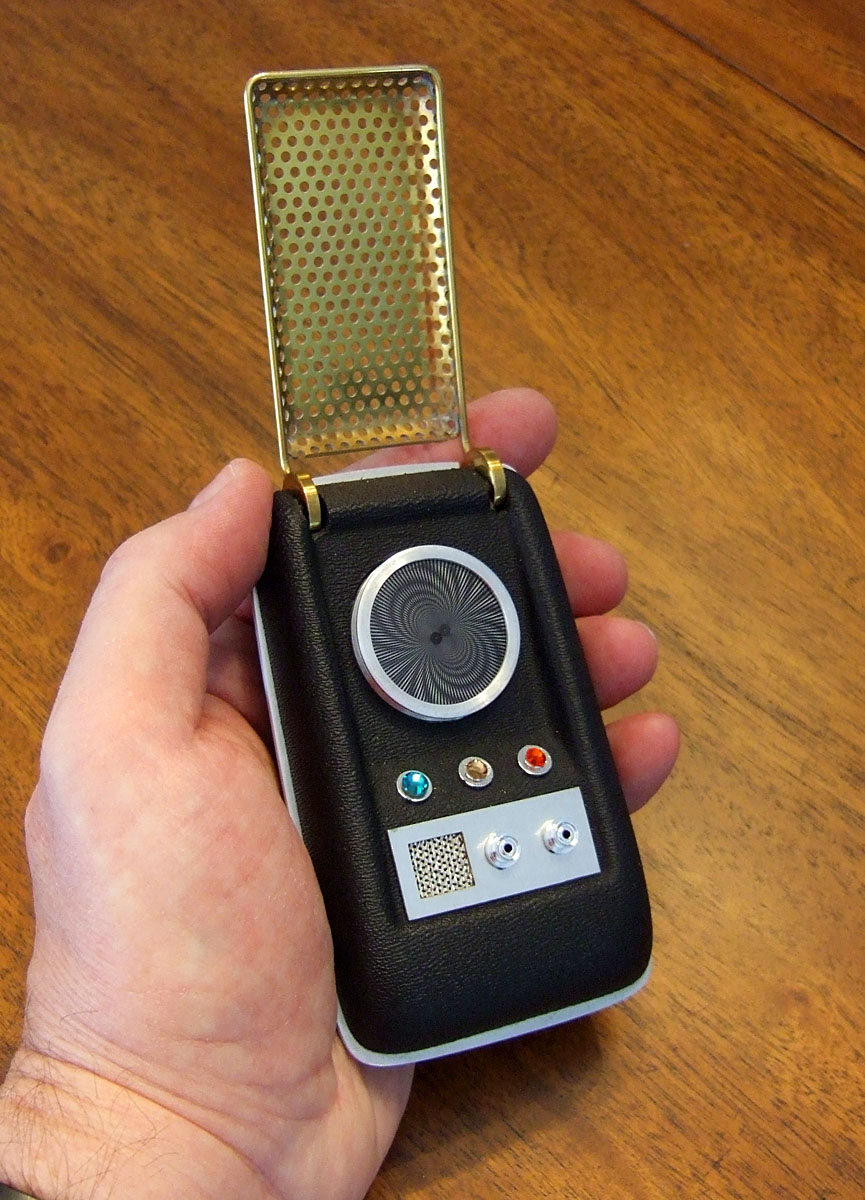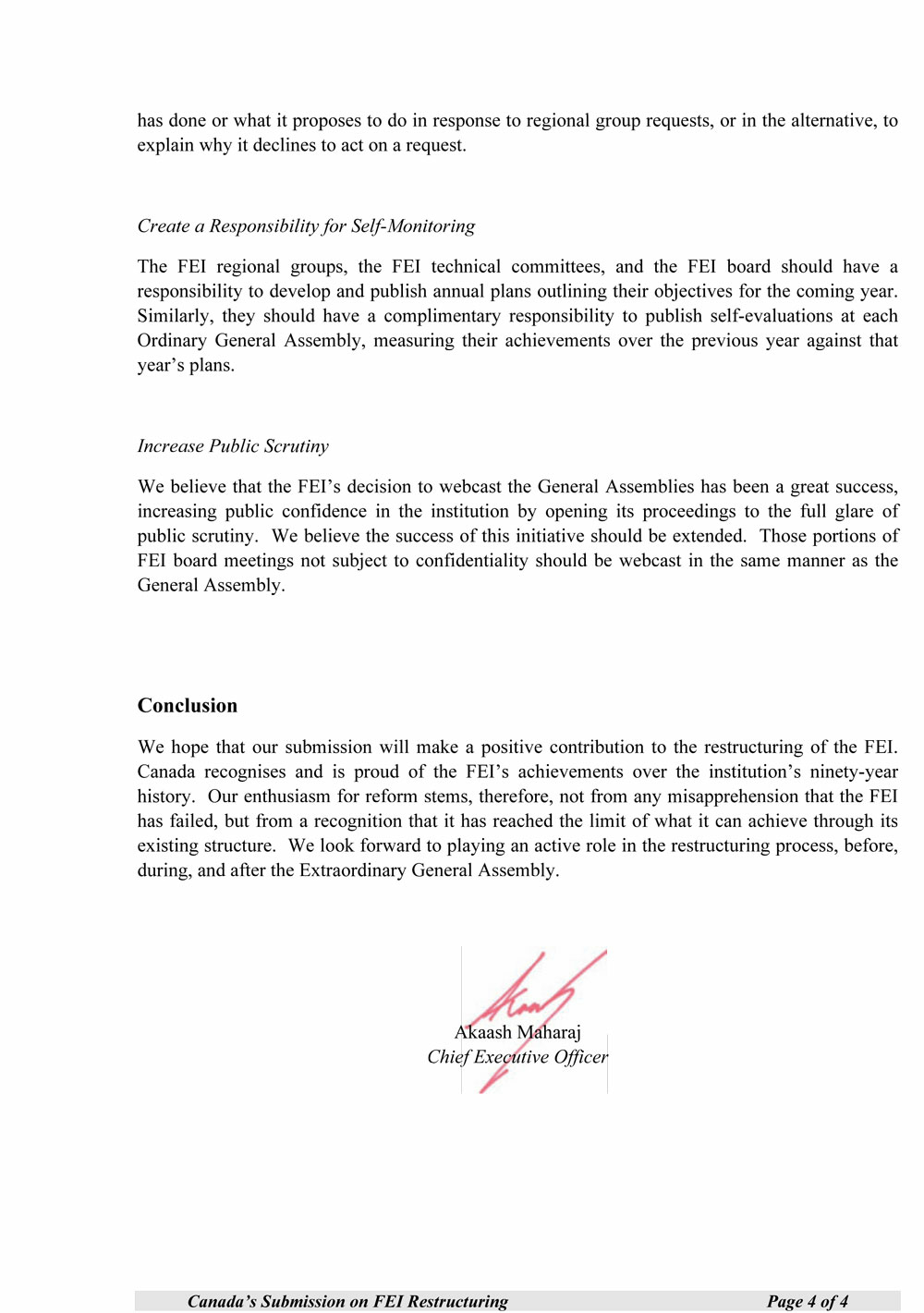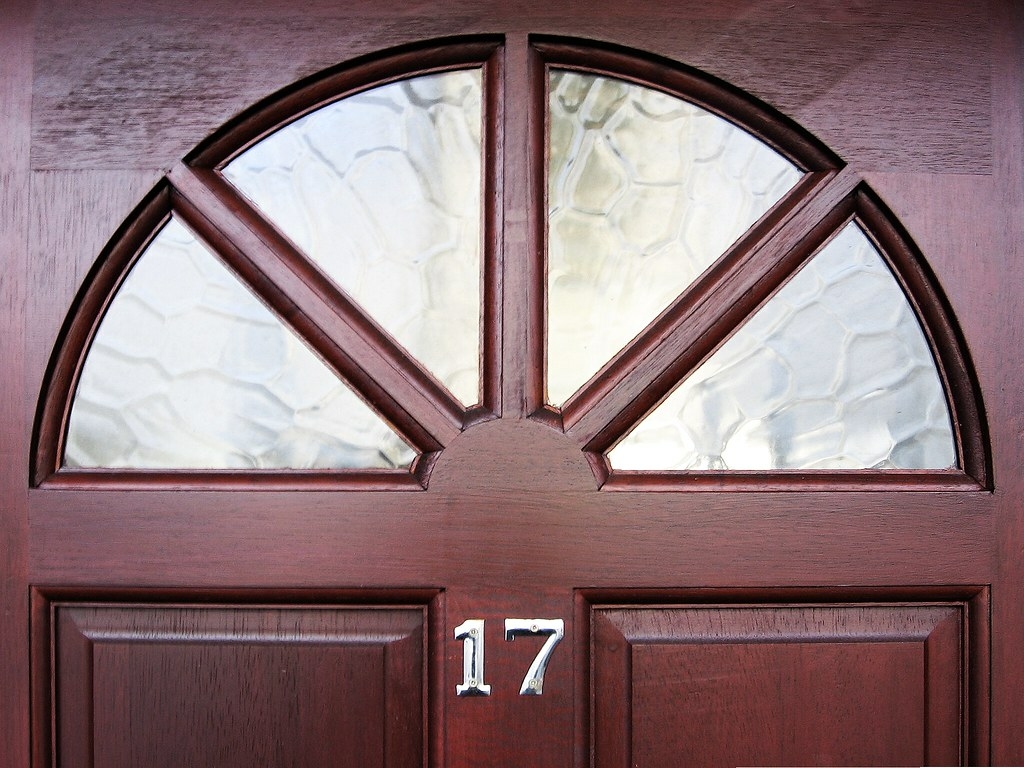Screenshot: DONTNOD Entertainment, Feral Interactive
We will never find the fountain of youth fantasized centuries ago, but, because of our misfortune, we can create games. The games allow you to live again and again in eternally perfect and supernaturally strong bodies, and for friends of novelist Gabrielle Zevin’s latest book Tomorrow, and Tomorrow, and Tomorrow is more than enough.
A “game”, for them – and for Zevin – is everything. From the 80s to the early 2010s, Sam (mother died in a car accident, Harvard math dropout, good in front of crowds), Sadie (didn’t believe in marriage, MIT game design prodigy, prone to hard working hours) and, for a while, Marx (rich, handsome, Harvard roommate turned game producer) gets together because of the games. For them, recreation is personal, political and the result of their dedicated and demanding work. The games require blood sacrifice – not enough sleep, too much fighting – but in them you can claim your little piece of immortality.
Sam, whose leg was shattered in 27 places in the devastating car accident that killed his mother, turns to games to inhabit a more stable body than his own. Sadie, who got into games while her sister was battling childhood cancer, enjoys getting lost in a better, safer world. And Marx just thinks games are fun.
But Zevin maps their disparate reasons for playing to their tempers. At Unfair Games, the company hatched out of their college apartment, Sam enjoys creating in-game facsimiles of himself, Sadie rages about the real-world’s blindness to female developers, and Marx, again, enjoys enjoy.
For these characters, video games are a necessity indistinguishable from all other worthy pursuits in life, on par with or better than earning big bucks and having sex. Zevin presents their dedication to craftsmanship with gentle authority. At the end of my readings, some of which I spent a little bit in tears, thinking about the friendships and games in my life, I felt that my belief in video games had been restored. I didn’t even know it needed restoring. But Zevin suggests that games are like relationships, in that way. These are things that might tap you on the shoulder when you’re busy ruminating and busying yourself, reminding you that everything and everyone needs a little attention sometimes.
Tomorrow’s omniscient third-person narrator, whose storytelling spans decades (“[Sadie] would never really be a drinker,” the narrator informs us while Sadie is still in college), and in a particularly meta section , plunges into a game, pronounces aphorisms on the intertwining of play, life and love like a Greek oracle in reverie.
“Playing requires trust and love”, “A name is fate, if you think so”, “the human brain is just as closed a system as a Mac”, he predicts with delightful conviction. The title Tomorrow, and Tomorrow, and Tomorrow on its own is a kind of audacious divination, coming from a soliloquy in Marx’s beloved Macbeth. In the address, Macbeth dismisses life as “a tale / Told by a fool, full of sound and fury, / Meaning nothing”.
“What is a game? Marx asks Sam and Sadie. “It’s […] the possibility of infinite rebirth, infinite redemption. The idea that if you keep playing, you could win.
Although Marx and Sadie’s friendship eventually turned romantic, Sam and Sadie’s oldest and arguably most important relationship (“There were so many people who could be your lover,” the narrator says, “but […] there were relatively few of the people who could creatively move you”) never does. Instead, it lights up and burns for three decades. They come together, apart, come together , break up. It’s not romantic, Sam and Sadie themselves often say, but it’s devotion. Like trying to get a high score or believing in a God. “He made everything beautiful by his time,” says Ecclesiastes 3:11. “He also placed eternity in the human heart.”
Despite its eternal chastity, Sam and Sadie’s relationship reminded me of the long-lasting romances in the films The Way We Were and When Harry Met Sally…, which, like Tomorrow, are more concerned with the process of love than by kisses. Friendship is an art form, a prayer. But, memorably, in The Way We Were, Barbra Streisand’s character pleads with Robert Redford, who is about to leave her and become nothing more than a friend.
“Couldn’t we both win? she asks him sincerely.
No, we couldn’t. In Sadie’s favorite childhood game, The Oregon Trail, hunting more bison than you can eat allows their meat to spoil. For you to live in sensual excess, the bison must lose – Sadie feels bad about that. Sam, Sadie, and Marx all love each other from head to toe, but when Sadie and Marx fall in love and buy a house, Sam feels like he’s a platonic love loser. Everyone wants to win. Everyone wants more. But Zevin finds comfort in everyday losses – in business, love and death. As Marx (and Shakespeare) say, despite all the diminishing returns, humans don’t give up, we wait for something good to float in our palms.
Zevin spends much of the novel ruminating on this contradiction. In games and as you get older, interpersonal drama and death become expected. Cheap. Yet you cling to the moments that enlightened you, a week ago, ten years ago. Another game designer, at one point, tells Sam that she likes the way Sadie “makes blood”.
“Maybe it’s my imagination,” she says, “but I feel like she has people bleeding slightly different colors […]. It’s a small thing, [. ..] but I’m obsessed with it.
Likewise, Sadie’s anger towards Sam always softens when she recognizes him as the child she met at her sister’s children’s hospital decades ago, or the boy she has. met again in college, who lied about his ability to see the hidden image in the magic eye. posters that seduced the 90s.
“That’s what time travel is,” Sam thinks to himself during this run-in at college. “It’s looking at a person and seeing them in the present and the past, simultaneously.”
The only thing that gives you immortality, aside from video games, Tomorrow, and Tomorrow, and Tomorrow suggests, is hope. That “thing with feathers,” Emily Dickinson once wrote. “Which perches in the soul – / And sings the tune without the words – / And never stops – at all -.”
The book carries despite the illness and pain that strewn the lives of its characters because they hope to find themselves, replay, rebuild like gods. Even Kotaku’s mean commentators, which Zevin amusingly notes, responded to Sam by saying in an interview that “there is no more intimate act than gambling, even sex” deciding “that there must be something serious with Sam,” cannot alter the internal engine that makes us want to live, again, again. This book, with its respect for craftsmanship – the craftsmanship of love and games, or love games – will remind you how abundant life is, how lucky we are to keep forever in our memories.
What is the lore of Half-Life 2?

Set in and around City 17, nearly two decades after the events of the first game, Half-Life 2 follows scientist Gordon Freeman as he is thrown into an unknown environment in which the aftermath of the Black Mesa incident fully manifested. on human society.
Are Half-Life 2 and Portal connected? The connection between the Portal series and the Half-Life series is that both series are in the same world. As in this, they have a direct relationship with each other. On the same subject : The size of the global video game market is expected to reach $ 413 billion in 2028, increasing with a market growth of 11.8% CAGR during the forecast period.. In Portal 2 you see in an easter egg the Borealis, from Half-Life 2 under construction.
What year is Half-Life 2 based in?
Half Life 2 and the episodes occur about 20 years after the first. It’s around 2023.
Is Half-Life 2 a prequel?
| 1998 | half life |
|---|---|
| 2018 | |
| 2019 | |
| 2020 | Half-Life: Alyx |
Is Blue Shift canon?

BS is hot. Valve did it, Barney is in HL2. On the same subject : Germany may consider a Games bid after the Munich multi-sport event.
Do you need to play Half-Life Blue Shift? do I need this and the blue offset to understand the story? No, you don’t need to have this and the blue shift to figure it out, but it does help you a bit to learn about half-life, I guess, I don’t know. Propaganda! Blue Shift does not tell a very important story.
Are gearbox expansions canon?
Therefore, the general consensus will consider Gearbox’s expansions canon (even if it remains ambiguous) unless Valve chooses to specifically contradict some of all the events depicted, in which case Valve has the hypothetical “right of way” ( a bit like Disney and the Star Wars’ universe). On the same subject : 11 Most Powerful Athletes In Sports Video Games.
Are the Half-Life DLCS canon?
| Real world topics | |
|---|---|
| Manufacturing staff | Artists ⢠Character Models ⢠Composers ⢠Comedians ⢠Writers ⢠Other |
Is Portal Still Alive the same as Portal 1?

Is it different from the original portal? Still Alive was released on X360 in 2008, a year after the first Portal game launched on Steam in 2007. Still Alive and Portal are the same games in terms of storyline and gameplay. The only difference is that Still Alive added 14 new test chambers and 9 new achievements.
How long is Portal: Still Alive? Estimated time to complete all 12 achievements of Portal: Still Alive is 6-8 hours. This estimate is based on the median completion time of 583 TrueAchievements members who have completed the game.
Is Portal: Still Alive a sequel?
Insight. Portal: Still Alive is a puzzle game developed and published by Valve Corporation for Xbox 360. The game is not the sequel to the first Portal game (an honor that instead goes to the Portal 2 game from 2011), but rather is the Portal original along with additional levels and challenges.
Is Portal: Still Alive Just Portal 1?
Xbox Live Arcade title Portal: Still Alive is the original standalone game with some levels from a third-party map pack, according to a report. These additional puzzles will not feature GLADoS or any accompanying story elements, journalist Chris Remo reports on his blog.



